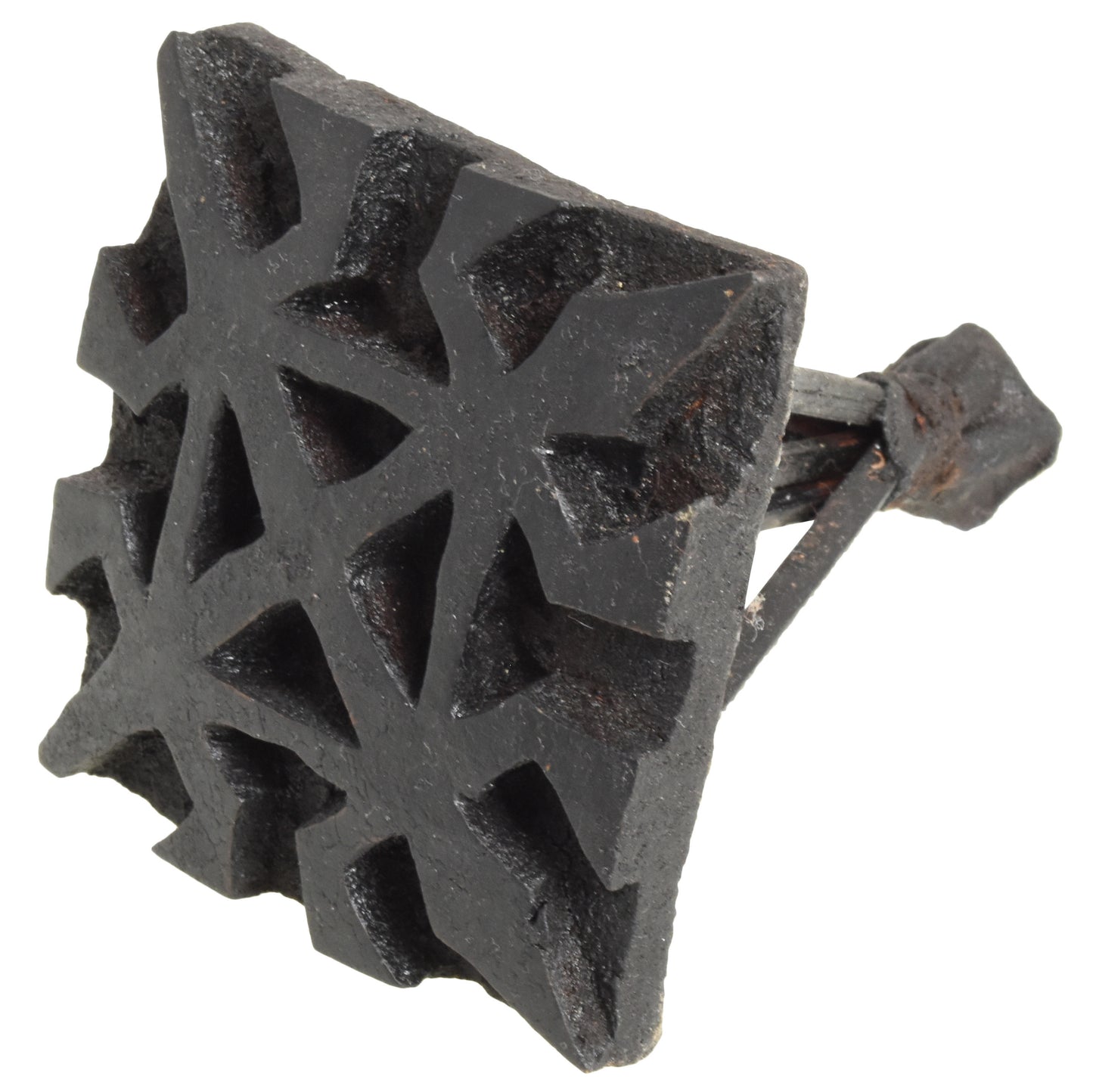Tribalgh
Funtunfunefu‑Denkyemfunefu Adinkra Stamp - Unity & Conflict Ghana
Funtunfunefu‑Denkyemfunefu Adinkra Stamp - Unity & Conflict Ghana
Item number:
SKU:SD-31150
Check shipping cost
Check shipping cost
Standard shipping cost for this item is $ 9.95
Insured "AIR MAIL" anywhere in the world.
Delivery time for Europe is 7-14 working days.
Delivery time for USA and the rest of the World is 14-21 working days.
We combine shipping on multiple purchases!
DHL option available for faster delivery ( 2 - 4 working days ) to all over the world.
During your checkout you will be able to see cost and select DHL option.
FREE upgrade to DHL for orders over $ 200
Couldn't load pickup availability
Funtunfunefu‑Denkyemfunefu Adinkra Stamping Block - Sharing One Stomach Yet They Fight
This authentic Adinkra Symbol: Funtunfunefu‑Denkyemfunafu stamp (also known as “Sharing one stomach yet they fight over food”) is a traditional Adinkra stamping block carved in Ghana by skilled artisans. Ideal for stamping Adinkra cloth or creating unique art with Ghana Adinkra stamp designs.
- Stamping motif size: 2 5/8″ × 2 5/8″ (67 mm × 67 mm)
- Total height including handle: 3 13/16″ (97 mm)
Meaning & Significance:
This variation of the Funtunfunefu‑Denkyemfunefu symbol “Won afuru bom, nso wo redidi a na woreko” literally means “sharing one stomach yet they fight over food”. It exemplifies the irony of unity disrupted by conflict. It’s often used to caution against needless rivalry within close-knit groups.
Proverb from Ghana:
“Won afuru bom, nso wo redidi a na woreko” highlighting how unity does not guarantee harmony when selfishness or mistrust prevails.
Use & Craftsmanship:
Stamped using a rocking motion made possible by the slightly curved face, this Adinkra stamp from Ghana delivers crisp, traditional patterns using natural Badie tree bark dye. Ideal for artists crafting Adinkra cloths or paper designs.
How These Adinkra Stamps Are Made
Each stamp is hand‑carved from the bottom of a dried calabash (gourd). A sturdy cane or wooden peg is securely attached to the back as a handle, which is then wrapped with a cloth for comfort and grip. The stamping surface is gently curved to facilitate a smooth rocking motion when applying dye.
The use of natural dye made from the bark of the native “badie” tree helps produce deep, lasting impressions that reflect centuries‑old traditions.
History & Importance of Adinkra
Legend has it that Adinkra symbols are associated with Nana Kofi Adinkra, a king of Gyaman (modern‑day Ivory Coast), who was defeated by Ashanti King Bonsu‑Panyin. Adinkra was taken to Kumasi where he wore symbolic cloth as an expression of sorrow. Over time, patterned cloths created with Adinkra stamps became emblematic of royalty, chiefs, and priests for funerals and ceremonial events.
Today, Adinkra cloth and stamps are worn and used by people from all walks of life during festivals, weddings, rites of passage, and other special occasions all thanks to the enduring cultural importance of these symbols in Akan and Ghanaian identity.
Adinkra collection
Educational blogs on Adinkra symbols & African art
Blog: Funtunfunefu‑Denkyemfunefu – Symbol of Unity in Diversity
Share


